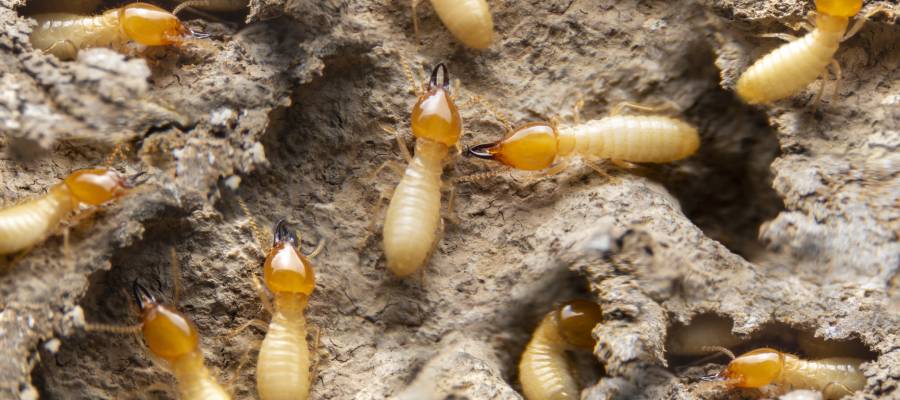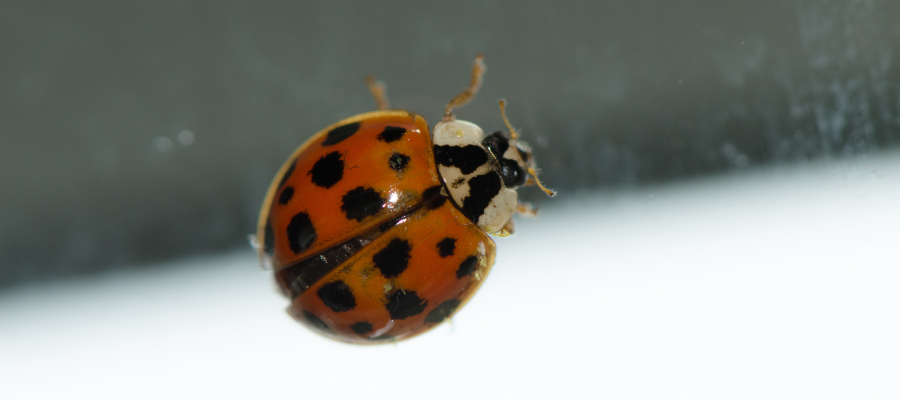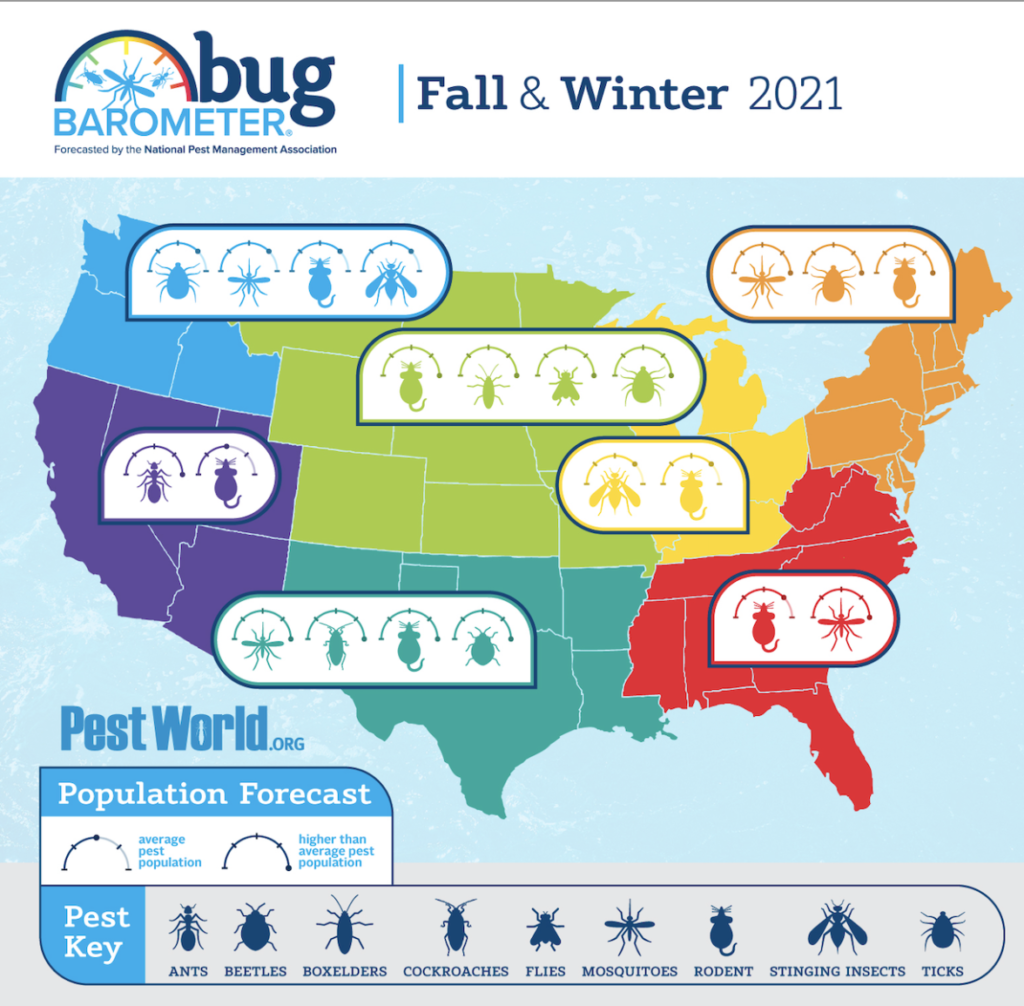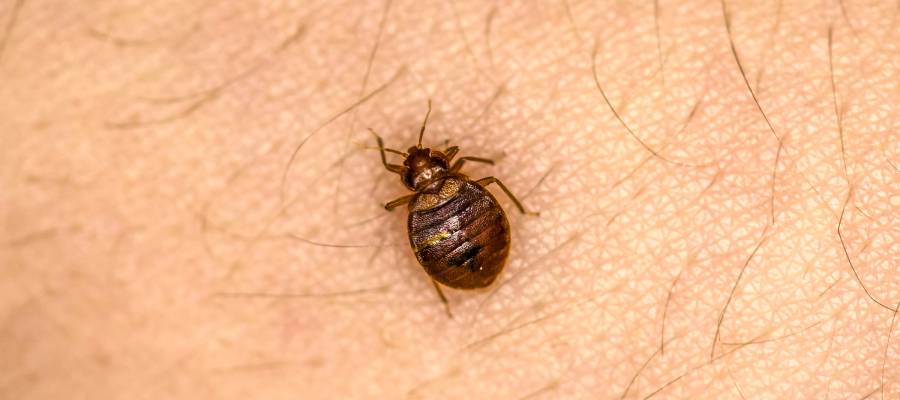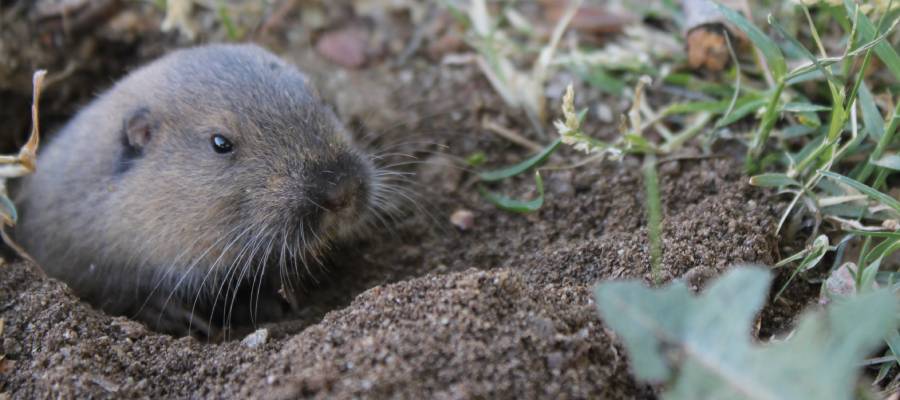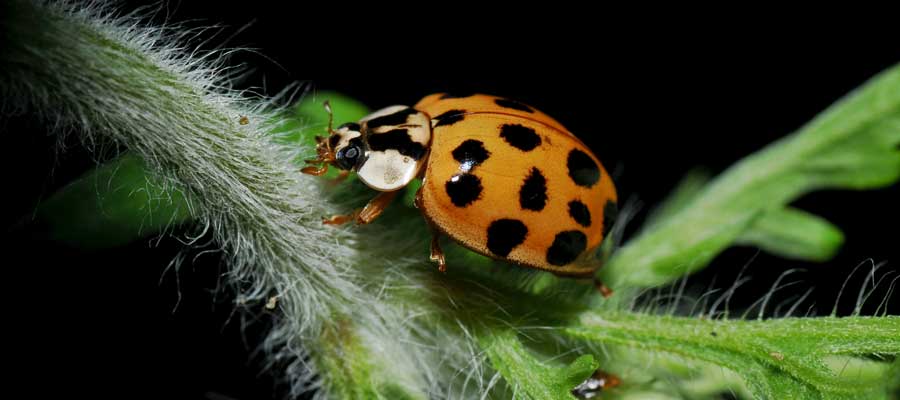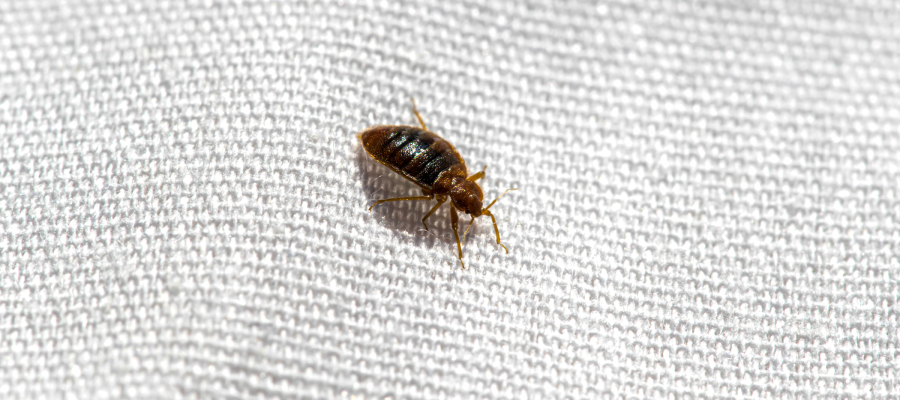As winter approaches, we all look forward to the traditions of the cold holiday season. Warming up around a fire is a comfort that everyone enjoys in the winter, but did you know that your wood-storing habits could be inviting dangerous pests into your home? Without taking the right steps to store your firewood in a safe manner, you could end up with a home teeming with insects in a time where that should be the least of your worries. If you are looking for ways to protect your home from pests in Central Iowa, the technicians at Springer Professional Home Services are here to help you!
What Pests Do Woodpiles Attract?
Certain critters like to hang out in woodpiles and not cause any trouble. Earwigs, moths, certain species of spiders, boxelder bugs, and more pests will not do more than cause a slight disturbance in your routines. However, there are some insects that you have to watch out for, including:
- Termites
- Carpenter ants
- Powderpost beetles
- Bees and wasps
No one wants stinging insects like bees or wasps inside their home, but when it comes to woodpile pests, they aren’t the only ones to look out for. Wood-boring insects like carpenter ants, powderpost beetles, and termites can damage the structures of your home, with termites capable of causing thousands of dollars in damage all on their own.
Have a pest problem? We can help!
How to Keep Pests Out of Your Firewood
Avoiding a pest infestation caused by woodpile mishaps means taking great care in storing and transporting your logs. Here are Springer Professional Home Services’ top tips to keep pests out of your firewood and out of your home:
- Keep firewood covered and elevated: Termites and carpenter ants live underground, so woodpiles that touch the earth give them easy access to food and nesting sites. You can use a tarp and a firewood rack or any other similar means to elevate and cover your woodpile.
- Store your woodpile away from your home: If you keep your woodpile leaning against the outer structure of your home, wood-boring pests can find easy access points to internal structures that they will then tear through.
- Burn older wood first and quickly: Take older wood inside to burn, as it is more likely to be pest-ridden. If you place it in the fire right away, there is little chance of any pests spreading.
Pest Control for Iowa Winters
If you think that pests are getting into your home through your woodpile or otherwise, let your local pest control company know. The experts at Springer Professional Home Services have been keeping Central Iowa families safe from pest infestations for [year] years now, and have seen it all in the process. Contact us today with any questions and receive a free quote!

